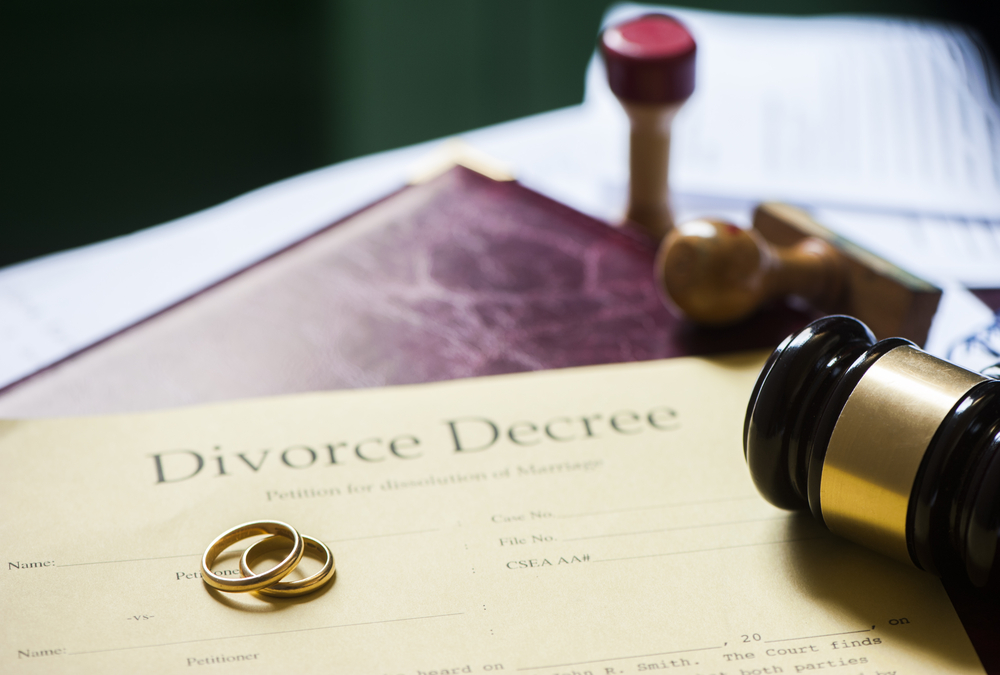When couples legally agree on dissolving a marriage, a divorce takes place. However, it can also include parental challenges and a set of monetary, emotional, and legal issues. But the good news is that there are numerous legal ways to cope with such challenges. Reconciliation is also workable in most cases.
What Causes a Couple to Divorce?

When both individuals aren’t able to meet expectations, they part ways and no longer wish to be with each other. Divorce is the last resort for many couples. Often, couples choose to be separated for some time, or they plan to make it permanent by opting for a legal way out of the marriage.
Related: “Three Disputes Your Family Law Attorney Can Help With”
The 10 Most Common Reasons for Divorce

Here are some of the main reasons why couples consider divorce:
- Infidelity or an extramarital affair
- Trouble with finances
- Lack of communication
- Constant arguing
- Long distance relationship
- Unrealistic expectations
- Lack of intimacy
- Lack of equality
- Not being prepared for marriage
- Physical and emotional abuse
How Can a Couple Avoid Divorce?
You must never stay in a relationship that causes physical or emotional abuse and should get in touch with your local authorities and lawyer. However, if you’re in a relationship that can still be repaired, there are various possible ways to avoid legal dissolution and let a marriage survive. This includes consulting with a therapist or taking an online Save My Marriage course.
In today’s era, where divorce is “easier”, saving a marriage can take a lot of effort for both parties. In addition, if you are separated but still want to get back together after some time, chances are that it can happen with the right work and effort put into it by both sides.
Related: “Legal Separation vs. Divorce”
How Can Couples Reconcile After Divorce?
If you are planning to reconcile after divorce, here are some different possibilities that you can consider:
- Try to keep an open mind as you learn how to rekindle romance with your partner.
- Focus more on relearning how to live together with them in light of the changed situation.
- Improve your communication with each other and be transparent with your feelings.
- Be willing to accept the past and move forward.
- Try martial therapy with your partner.
Conclusion
To sum up, if you’re deciding whether to move forward or plan to get back together, it’s better to seek help from a professional divorce lawyer as soon as possible. With decades of professional experience, Family Law Richard E. Young & Associates is the best option. Contact our law firm today at (949) 951-9529 or visit our website for more information.







